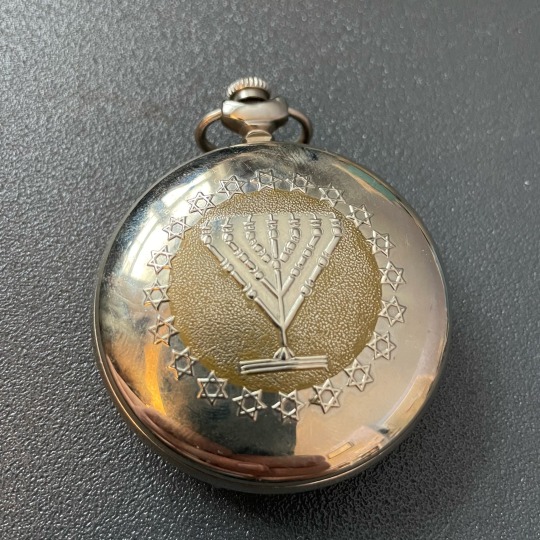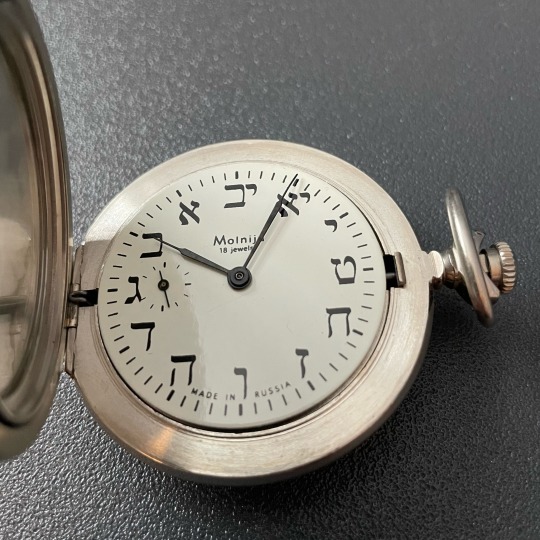Celebrating Jewish life in diaspora ----- Jewish tradition, community, culture, crafts, cooking, farming and other traditional skills/knowledge through an ashkenazi framework.
Don't wanna be here? Send us removal request.
Text

Esther Scroll in golden case, Poland, 19th century
1K notes
·
View notes
Text


Spice Container by Firm of Neresheimer, Hanau, Germany, late 19th to early 20th century

Spice Container, Bohemia, Moravia or Poland, late 18th-early 19th century

Spice Container, Berdichev (?), Russian Empire, 1810-20

Spice Container, Venice (Italy), 17th-18th century

Spice Container, Yemen or Palestine, late 19th-early 20th century

Spice Container, Poland, 1881

Spice Container, Poland or Russia, first half 19th century

Spice Container, Poland or Russian Empire, 19th century

Spice Container by L L or S S, Poland, first half 19th century

Spice Container, Poland or Russia, first half 19th century

Spice Container, Frankfurt am Main (?) (Germany), c. 1550, repairs and additions 1650/51
Some of my favorite spice containers from The Jewish Museum NY's website
62 notes
·
View notes
Text


Home protection amulet and Mizrah plaque by Akiva Hass, Ukraine, Lviv, 1920s
650 notes
·
View notes
Photo

Aaron, Moses & Hur by Arthur Szyk in the Szyk Haggadah
158 notes
·
View notes
Text



thinking about this (made in russia) hebrew pocketwatch my grandmother gave me a few years ago… she couldn’t remember how she acquired it.
3K notes
·
View notes
Text

Ephraim Moshe Lilien The Dybbuk c.1908
420 notes
·
View notes
Photo

A European Passover textile, circa 1900
Embellished with openwork embroidery and inscribed in Hebrew with text from the Haggadah: Let all who are hungry come and eat; Let all who are needy come and celebrate Passover and the words Pesach, Matzah and Maror.
301 notes
·
View notes
Text









Various caps from the Jewish Museum
Poland (1850) | Amsterdam, Netherlands (2000) | Poland (19th century) Bîrlad, Romania (1863) | Ottoman Empire (19th century) | Bîrlad, Romania (1863) Amsterdam, Netherlands (1997) | Uzbekistan (early 20th century) | Jerusalem (early 20th century)
655 notes
·
View notes
Text
In this zine we present you the jewish symbols of the famous SchUM cities - Speyer, Worms and Mainz. They were important jewish communities from the High Middle Ages, and SchUM is the acronym made up of the first letters of the hebrew names of the cities.
The symbols were taken from tombstones, synagogue ornamentations, floor tiles and even from a mikveh. We used linocut prints for creating the zine, where along with the symbols you can read about its meaning and a bit of history about their place of origin and the communities.
The importance of the SchUM cities that they were significant centers of ashkenazi judaism, showcasing early, well-preserved jewish community life, architectural innovation and scholarship. These communities considered as a cradle for ashkenazic judaism, many customs and regulations existing still today actually came from the communities that lived here.
376 notes
·
View notes
Text
painting round 4 poll 12


Blessing of the new moon by Artur Markowicz, 1933:
propaganda: It has such a soft fuzzy feel to it, just makes me feel very comfortable when i look at it.
Warsaw Old Town Square at night by Józef Pankiewicz, 1892:
propaganda: The colors create such an amazing mood.
337 notes
·
View notes
Text

Painted wooden chest with Hebrew inscriptions, Eastern Europe, late 19th century AD. Private Collection.
This wooden chest features decorative floral motifs, stylized birds, and a central Star of David panel with Hebrew lettering. The surface is adorned with multicolored floral designs, metal studs along the edges, and raised footed supports at the base. The craftsmanship involves detailed paintwork and ornamental details typical of folk art from Eastern European Jewish communities.
907 notes
·
View notes
Photo









Paintings of pre-war Eastern European Jewish life in the shtetl by Boris Dubrov.
1K notes
·
View notes
Photo


Rabbi contemplating a lit cigar / Inspecting the Etrog by Maurycy Trebacz (1861 – 1941)
2K notes
·
View notes



